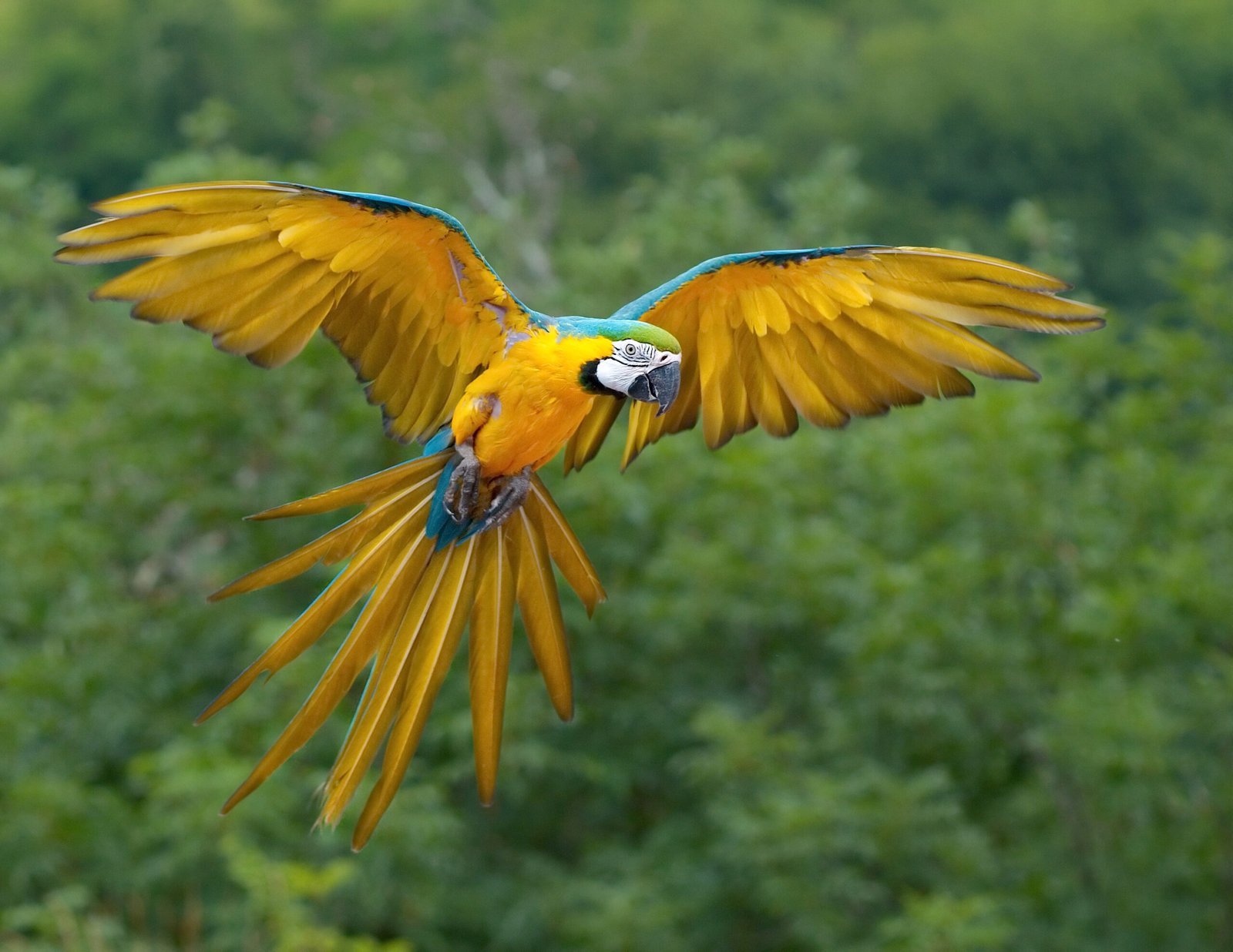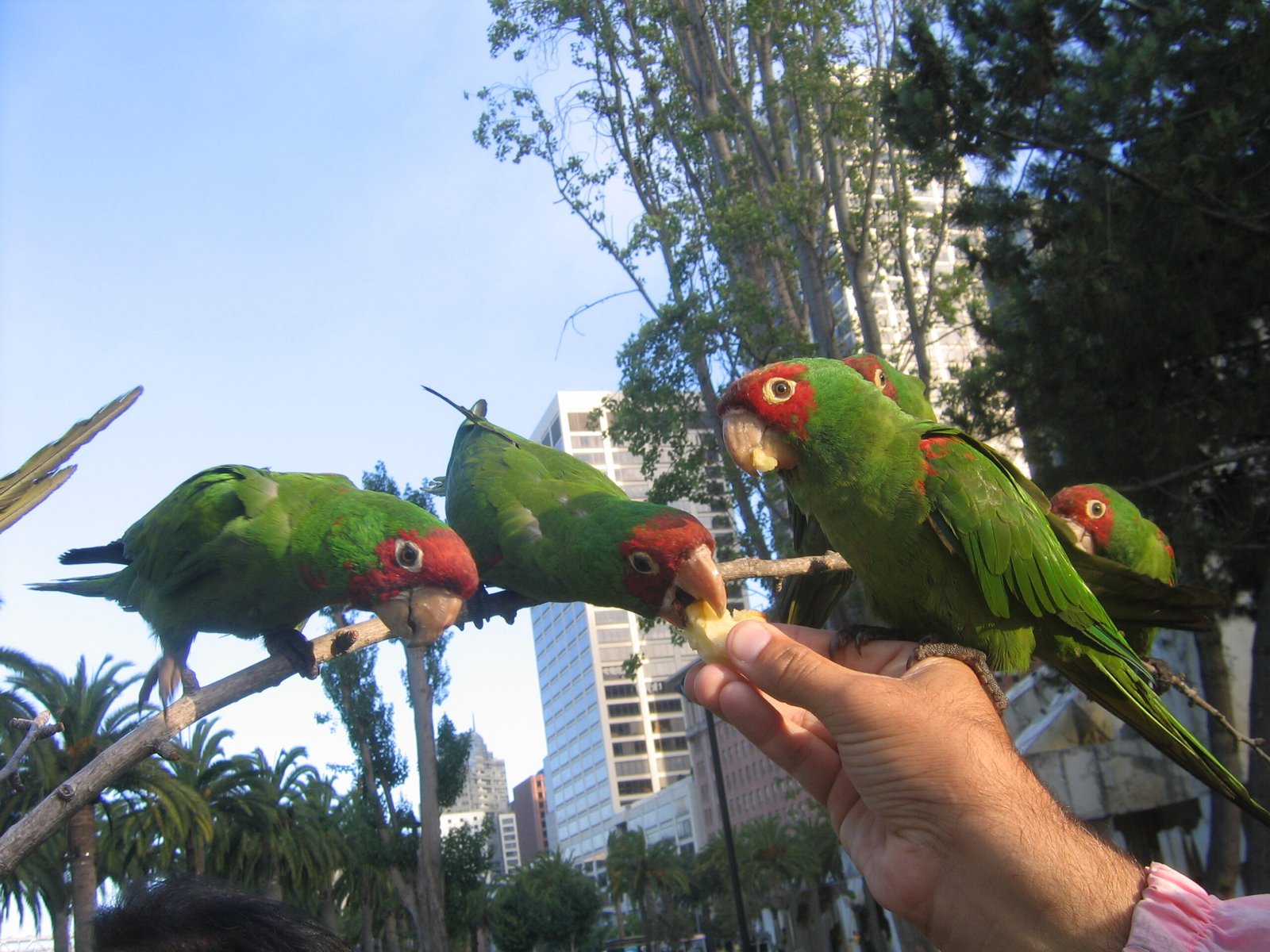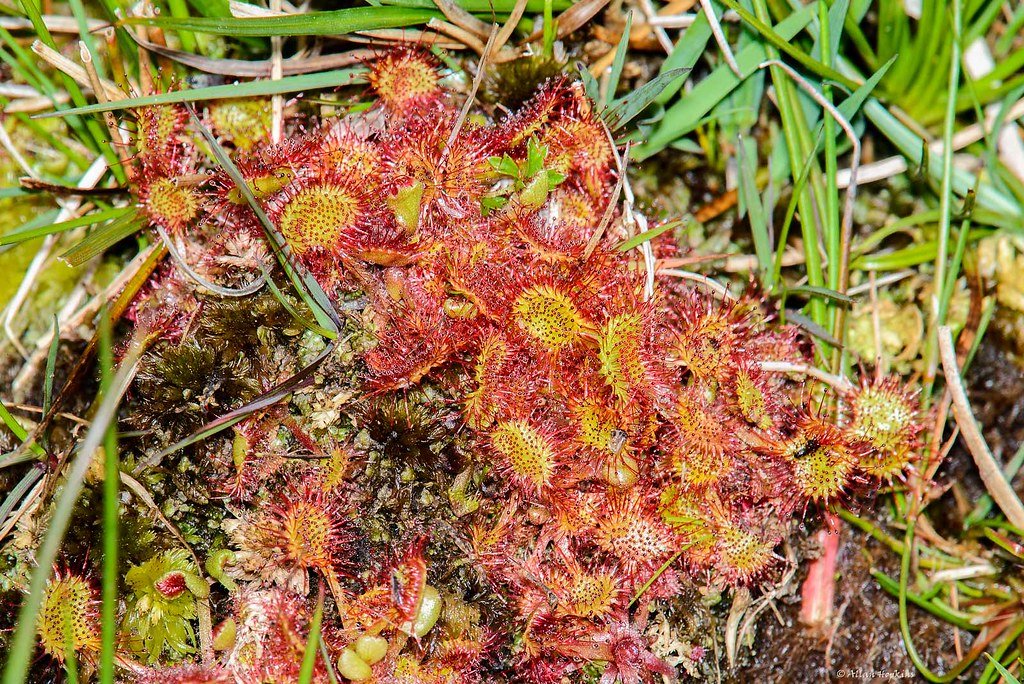Imagine a world where your name isn’t spoken but sung—a melody made just for you, echoing across treetops. For parrots, this isn’t fantasy. It’s everyday life. These clever, feathered marvels don’t just squawk and chatter; they create unique, personalized whistles—“names”—for one another. The jungle is alive with secret songs, each one a testament to deep intelligence and social complexity. Scientists have only recently begun to decode this astonishing behavior, and what they’re discovering is nothing short of breathtaking. Behind those vibrant feathers and playful eyes lies a world of sophisticated communication that rivals even our own.
The Secret Language of Parrots
Parrots are celebrated for their ability to mimic human speech, but their real communication genius goes far deeper. In the wild, parrots use a series of whistles and calls that form a complex language, one that is finely tuned to their social environment. Each parrot develops a distinct whistle, a sort of acoustic signature, that acts much like a human name. These signature whistles are not random; they are crafted with intention and recognized by other parrots as belonging to a specific individual. This ability allows parrots to navigate their intricate social networks with remarkable precision.
How Do Parrots Create Their ‘Names’?
The process of developing a unique whistle begins early in a parrot’s life. Much like a child learning to speak, baby parrots listen to the calls of their parents and flock members. Over time, they shape their own special version—a whistle that sets them apart. It’s as if each parrot pens its own musical signature, drawing inspiration from those around them but adding a personal twist. This signature whistle isn’t static; it can evolve as the parrot grows or as its social circumstances change, demonstrating a level of flexibility and creativity that few animals possess.
The Science Behind Parrot Naming

Researchers have spent years recording and analyzing parrot calls, using sophisticated audio equipment and statistical models. They discovered that each parrot’s signature whistle is consistent over time and is used to address or refer to that specific individual. By playing recordings of a parrot’s whistle, scientists observed that the targeted bird would respond—sometimes even ignoring other calls. This clear recognition of their own “name” highlights the cognitive complexity at play. The phenomenon has been documented in several species, including the green-rumped parrotlet and the African grey parrot.
Social Bonds and Parrot Society

Parrots live in highly social groups where cooperation and trust are essential. Their unique whistled names help maintain social order, build alliances, and reinforce family bonds. When a parrot calls out another’s name, it can be a greeting, a warning, or an invitation. These vocal exchanges help keep the flock connected, especially in dense forests where visibility is low. The ability to address individuals directly makes their communication system extraordinarily advanced, resembling the way humans use names to strengthen relationships.
Learning by Listening: Parrot Imitation and Innovation
Young parrots are exceptional learners. They pick up local “dialects” and adapt their whistles to fit in with their community. Sometimes, they even borrow elements from family members or invent entirely new sounds. This creative flair keeps the flock’s language fresh and dynamic. It’s not uncommon for parrots to adjust their whistles to reflect changes in their social world, such as the arrival of new flock members or the loss of a mate. This adaptability demonstrates a level of social intelligence rarely seen outside the primate world.
Parrot Names Across the Globe
The phenomenon of signature whistles isn’t restricted to a single species or region. From the lush rainforests of South America to the savannahs of Africa, parrots everywhere seem to practice this remarkable naming tradition. In each environment, the specifics of their calls may differ, but the underlying principle remains the same: individual recognition through unique vocal signatures. This widespread behavior suggests a deep evolutionary advantage, allowing parrots to thrive in varied and sometimes challenging habitats.
Why Do Parrots Need Names?
Living in large, noisy groups means communication can quickly become chaotic. Names help cut through the confusion, enabling parrots to direct messages clearly and efficiently. If a parrot spots danger or finds food, being able to “call out” to a specific friend or family member can be a matter of survival. This targeted communication reduces misunderstandings and fosters cooperation, making the flock stronger as a whole. It’s a sophisticated solution to the challenges of group living in the wild.
Comparisons to Human Communication

The parallels between parrot and human communication are striking. Both species use names to identify individuals, maintain social bonds, and navigate complex communities. For humans, names are woven into the fabric of culture and identity. For parrots, whistles serve a similar purpose, carrying meaning, memory, and even emotion. Studying these similarities offers profound insight into the evolution of language and the roots of social intelligence.
Challenges and Discoveries in Parrot Research

Studying wild parrots is no easy task. Dense foliage, high canopies, and shy birds make observation difficult. Nevertheless, determined scientists have developed ingenious methods—from tiny radio transmitters to remote audio recorders—to unlock the secrets of parrot society. Each breakthrough not only reveals the intelligence of parrots but also challenges our assumptions about the boundaries between humans and animals. It’s a reminder that nature still has many mysteries waiting to be uncovered.
What Parrot Names Reveal About Animal Minds
The fact that parrots assign and recognize unique names points to advanced mental abilities—self-awareness, memory, and even empathy. It suggests that these birds experience the world in ways far richer and more nuanced than we once believed. By peering into the private lives of parrots, scientists are rewriting the story of animal intelligence. The jungle’s chorus of names hints at a vibrant inner life and a capacity for connection that resonates with our own deepest instincts.
The Call of Curiosity
Parrots’ unique naming system stands as a testament to the complexity and beauty of the natural world. It invites us to listen more closely, to wonder what other secrets are hidden in the songs of the wild. The next time you hear the piercing call of a parrot, imagine the possibility that it’s more than noise—it’s a name, a greeting, a story in flight. What other marvels might we discover if we keep our ears—and our minds—open?




